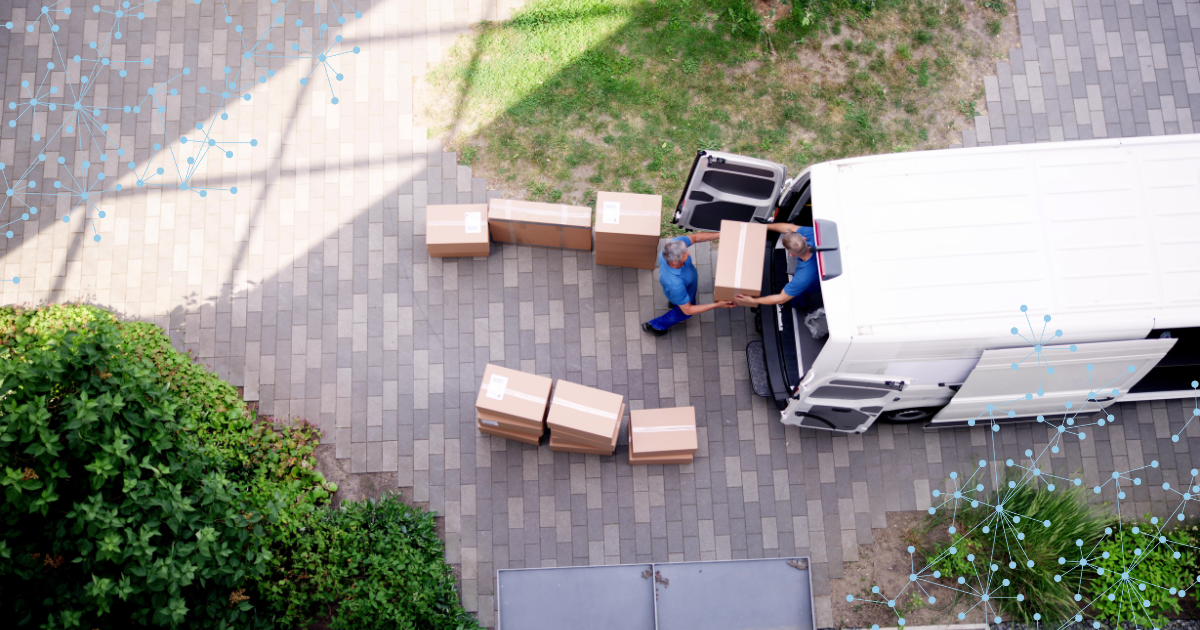“It ain’t easy bein’ green.” Kermit the Frog said (or sang, rather) it first, and it’s become a trite expression. Sorry I used it. But while it actually ain’t easy bein’ green, it’s also true that it’s as important now as ever to be environmentally friendly. Even as planners, even as service parts planners, don’t assume that you don’t or can’t make a difference.
What Has Done More for the Environment Than Greta Thunberg? Coronavirus
If there’s a bright side to the pandemic, it’s been a global decrease in carbon dioxide emissions. Between travel restrictions, business closures, and everything that goes along with that, a nature.com article notes that global carbon dioxide emissions fell by 6.4% in 2020. We would need to have a similar reduction every two years to reach the Paris Agreement goals, but that’s not what we’re here to talk about.
The United States contributed the most with a nearly 13% decrease in its emissions. And that’s where we come in. Baxter Planning instituted a complete work from home policy on Friday, March 13, 2020. That immediately took fifty or so commuters off the frustratingly congested roads of Austin, Texas where our headquarters resides. The remainder of Baxter’s global workforce was already working remotely, and this is still the case.
But this won’t last. Even as Baxter and many other companies are beginning to move forward with more flexible remote work policies, those global CO2 emissions started creeping back up at the end of 2020. We’ll reach pre-pandemic levels again before long.
Supply Chains Must Consider the Impact of Their End-to-End Supply Chain
There are some big companies with visionary goals that’ll have a great impact. Take a look at General Motors, Sonoco, and Coca-Cola, for example. But my point is that we, as little cogs, can do something. And every little bit helps. I bet I could find a Mark Twain quote about this, but I’m sure you got your fill of those during our recent Prophecy Webinar.
Let’s bring this home to supply chain and planning. If I Google “initiatives to reduce carbon footprint,” I get 47.8 million results. If I Google “supply chain initiatives to reduce carbon footprint,” I get 116 million results. I’m not sure how that’s more. Come on, Google! But this tells me that there’s plenty of room to sharpen our focus.

Supply chains now must think about the impact of their entire end-to-end supply chain. There are two main points I want to focus on concerning how Service Supply Chain can do better.
- Don’t build it if you don’t need it. By “build,” I also mean “buy.” Someone has to build whatever you buy, and your purchase drives demand all the way back through your supplier’s supply chains. Not to mention, if you didn’t need that product to start with, you’ll ultimately wind up scrapping it as E&O, perpetuating a wasteful cycle of consumption.
- If you need to move it, do so as efficiently as possible. This Article from sourcinghub.io says,
“If you’re trying to reduce your business’s freight carbon footprint, choosing a shipping method that is environmentally friendly is a crucial decision to make.”
So, what about the carbon footprint for ocean vs. air shipping? Which one’s better for the environment?
- Airfreight leaves the largest freight carbon footprint. Airplanes emit five hundred grams of CO2 per metric ton of freight per km of transportation, while transport ships emit only 10-40 grams of CO2 per kilometer.
- Airplanes pollute at an average rate of 20-30 times more than ships, while ships are the most environmentally-friendly transport vessels. For comparison, modern trucks/lorries emit 60-150 grams of CO2, and trains emit 30-100 grams of CO2 per kilometer.
So, yeah, it makes sense that it’s more earth friendly, at least from a CO2 perspective, to ship something via boat vs. airplane. I know cargo ships have their own issues, but you have to pick one. You’re not going to put your freight on a horse cart and pull it to your dock.
Interesting sidenote: When I was formerly a planner for a global electronics company, I did see one of my spare parts being delivered through the streets of Beijing, China in a cart pulled by a donkey. True story.
How Did That Part Get to the Right Place? Planning!
Ok, I need to focus and bring my point home. I want to talk about delivering an individual part, or a few parts, to the end user. For service material, the goal is to get those parts into the hands of the technician or customer so a broken piece of equipment can do its job again. Like the part in the donkey cart mentioned above, this brings it home, for me, to planning: If the service part is positioned in the right place, be it a tech trunk stock or a local warehouse, it can be delivered within the service level agreement (SLA) time frame, and everybody’s happy.
How did that part get where it needed to be? Planning! And we were able to get it there from the Distribution Center (DC) using the most economical (and earth friendly) transport possible: A standard truck or parcel shipment, not an expedite or an airplane.
That sounds simplistic, right? How exactly did we help save the world there? Sometimes it’s more about what you don’t do than what you do. What we did was correctly anticipate the need for a specific part at a specific location in the world, and proactively place that part where it needed to be.
With that simple act, we DIDN’T:
- Expedite the part to its destination, likely via NFO (next flight out) or overnight air (i.e. a fast airplane vs. a slow truck).
- Send a technician out on a second call once the part arrived, increasing, you guessed it, drive time (and frustration).
Also, I’m focusing on the eco-friendly benefits here and not even the cost savings your company could reap from the above actions.
Sound simple? Sound like a drop in the bucket? “Oh, how is that going to move the needle?” You might ask. But it matters.
Did you know that moving a shipment from air to ground reduces carbon emissions by eight times?
That’s the result found through a study by an affiliate partner of ours in the transportation space: eight times reduction!
The cynics, like me, will say:
1. “But, John, that plane’s gonna fly anyway. We really didn’t stop anything.” Fine. You’re stubborn, and I like that.
- The emissions are measured in terms of work (tonnes-km), so if you keep the weight down, you reduce the emission. It does matter.
2.“But, John, someone else will just take that space on the flight!”
- Really? How often do you have to jockey and negotiate to get cargo space for your typical service part on a plane? You do that enough and you might reduce an entire flight. Bingo!
We’re also talking about reducing, not eliminating. Airplanes have their place in the Service Supply Chain, business, and personal travel.
Sustainability and First-Time Fix
On a personal and corporate level, we all just need to do a little, or a little more. We didn’t get here overnight. (Well, geologically speaking, we did.) But how many service technicians are there in the world and how many calls do they close a day on the first trip with the part available? I don’t know; this is a blog, not a graduate thesis, but I bet it’s not a lot. I bet a whole lot of those technicians make multiple trips. A few key appliance repair requirements in my own home proved this to be true. Part not available = return technician trip. Bottom line: If we can reduce enough NFOs, overnight air shipments, and technician return trips, it will matter. That first-time fix looks good on you as a company and it’s good for the environment, too.
There are a lot of different ways to save energy. I normally use the couch. But today, why don’t we both see if we can PLAN to do a little more? There’s a better way.




